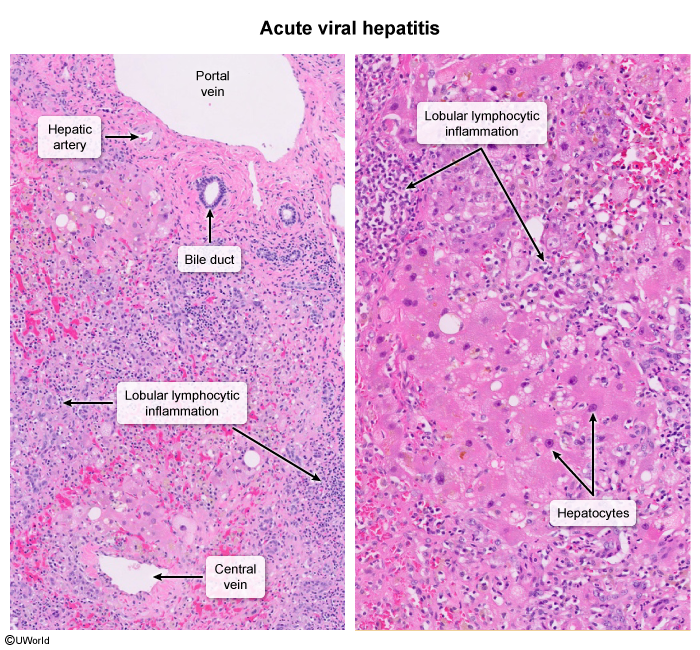Hepatitis C Virus (HCV) Infection
Article Sections
Introduction
Hepatitis C virus (HCV) is a blood-borne pathogen and a significant global health concern, with an estimated 58 million people worldwide with chronic HCV. As an enveloped, single-stranded RNA virus belonging to the Flaviviridae family, HCV primarily targets hepatocytes. Infection leads to chronic inflammation, fibrosis, cirrhosis, and an increased risk for hepatocellular carcinoma (HCC).
Epidemiology and transmission
Chronic HCV infection affects approximately 1% of the global population. Following acute HCV infection, 20%-50% of individuals spontaneously clear the virus. The remaining 50%-80% develop chronic HCV infection. Approximately 20% of chronically infected individuals eventually develop cirrhosis. Among those who develop cirrhosis, there is a 1.5% chance per year of developing HCC (Figure 1).
There are at least 6 major HCV genotypes, each with multiple subtypes. Transmission occurs most efficiently through percutaneous exposure to infected blood. Key routes include:
Continue Learning with UWorld
Get the full Hepatitis C Virus (HCV) Infection article plus rich visuals, real-world cases, and in-depth insights from medical experts, all available through the UWorld Medical Library.
Figures
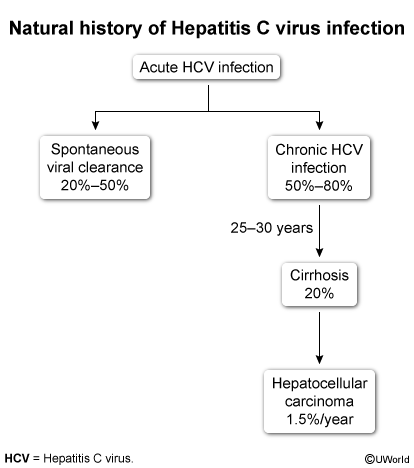
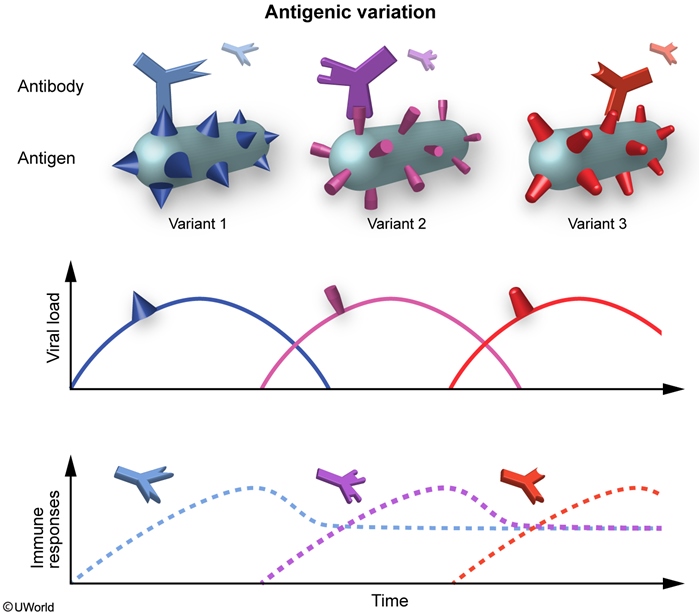
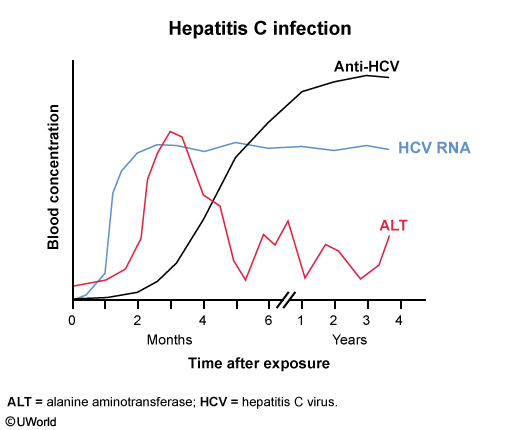
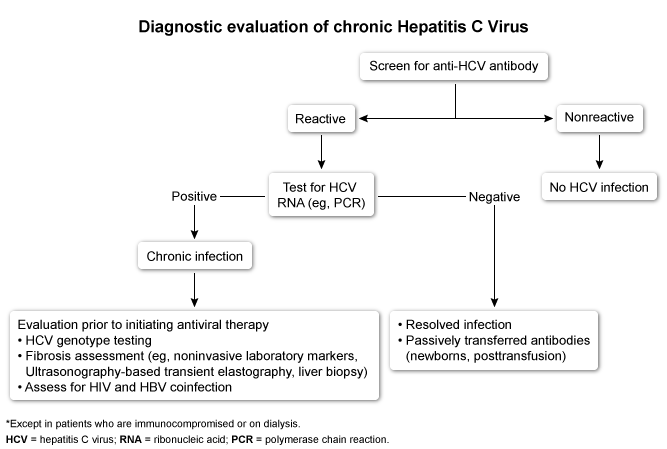
Images
